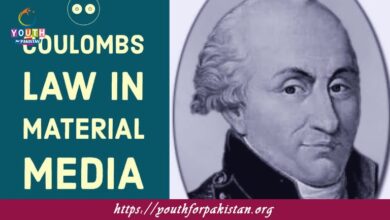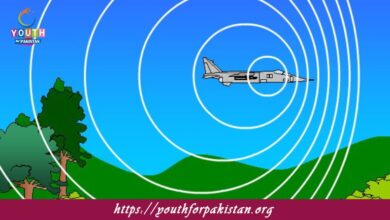Revolution MDCAT Quiz with Answers

In physics, a Revolution MDCAT Quiz is one full rotation or cycle of an object about a central point or axis. It is most commonly used in the context of circular motion when describing the motion of an object that follows a circular path, completing one full 360-degree turn. In the MDCAT syllabus, understanding the concept of revolution is important for solving problems related to angular motion, periodic motion, and the relationship between linear and angular quantities.
Revolution and Angular Displacement
One revolution corresponds with an angular displacement of 360 degrees or 2π radians. This is an important concept in analyzing objects moving in circular motion, like wheels, gears, and planets. The time an object takes to complete one revolution is called its period (T), and the number of revolutions it makes in a unit of time is referred to as frequency (f). MDCAT students should know how to find the time taken for one revolution and the number of revolutions in a specified time interval from these important formulas.
MDCAT Quiz: Questions Involving Revolution
In the MDCAT Quiz, questions on revolution generally require either computing angular displacement in revolutions or finding how frequency, period, and angular velocity are related to each other. For example, the number of revolutions made by an object in a given time may be asked, or one may be asked to find angular velocity given the number of revolutions per second. Other problems may give the time taken for a certain number of revolutions and ask for the frequency of rotation about objects like gears, wheels, or planetary bodies. Such questions are meant to assess the student’s understanding of periodic motion and the relationship between linear and angular quantities.
- Test Name: Revolution MDCAT Quiz
- Type: Quiz Test
- Total Questions: 30
- Total Marks: 30
- Time: 30 minutes
Note: Answer of the questions will change randomly each time you start the test, once you are finished, click the View Results button.
Free Flashcards for Revolution
Free flashcards are a valuable tool for MDCAT students to reinforce their understanding of revolution and its relation to angular motion. Flashcards can include the conversion between revolutions and angular displacement, examples of calculating frequency and period, and explanations of how revolution relates to angular velocity. Regularly reviewing these flashcards will help students gain a deeper understanding of rotational motion and prepare them to tackle revolution-related questions in the MDCAT Quiz effectively. Flashcards are an efficient way to solidify concepts and improve problem-solving skills.
Experience the real exam environment with our expertly designed collection of over 25,000 MCQs MDCAT Mock Tests.






